
-
Find the right food for your petTake this quiz to see which food may be the best for your furry friend.Find the right food for your petTake this quiz to see which food may be the best for your furry friend.Featured products
 Puppy Large Breed Chicken & Brown Rice Recipe
Puppy Large Breed Chicken & Brown Rice RecipeVital nutrients to support 5 essential building blocks for lifelong health
Shop Now Puppy Sensitive Stomach & Skin Salmon & Brown Rice Recipe
Puppy Sensitive Stomach & Skin Salmon & Brown Rice RecipeDelicious, highly digestible recipe, gentle on stomachs. Nourishes skin & promotes a lustrous coat
Shop Now Adult Chicken & Barley Recipe Dog Food
Adult Chicken & Barley Recipe Dog FoodSupports lean muscle and beautiful coat for adult dogs
Shop NowFeatured products Adult 7+ Chicken Recipe Cat Food
Adult 7+ Chicken Recipe Cat FoodSupports energy level and beautiful fur in mature cats
Shop Now Adult Urinary Hairball Control Chicken & Rice Recipe Cat Food
Adult Urinary Hairball Control Chicken & Rice Recipe Cat FoodActively supports the health of the whole urinary system
Shop Now Kitten Chicken Recipe
Kitten Chicken RecipeVital nutrients to support 5 essential building blocks for lifelong health
Shop Now -
Dog
- Dog Tips & Articles
-
Health Category
- Weight
- Food & Environmental Sensitivities
- Urinary
- Digestive
- Joint
- Kidney
-
Life Stage
- Puppy Nutrition
- Adult Nutrition
- Senior Nutrition
Cat- Cat Tips & Articles
-
Health Category
- Weight
- Skin & Food Sensitivities
- Urinary
- Digestive
- Kidney
-
Life Stage
- Kitten Nutrition
- Adult Nutrition
Featured articles Pet Food Storage Tips
Pet Food Storage TipsDiscover how and where to store your dry, as well as canned, dog and cat food. Learn how to find the "best before" dates on all Hill's pet food packaging.
Read More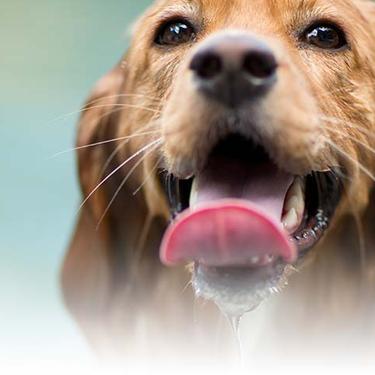 Water
WaterDiscover why water is the most important nutrient for your dog or cat to live a healthy life. Find out how much water your pet should consume each day.
Read More The Incredible Science Behind Your Pet's Microbiome
The Incredible Science Behind Your Pet's MicrobiomeLearn what a pet's microbiome is, how it contributes to your pet's gut & overall health, and why nutrition is important in maintaining healthy microbiomes.
Read More -


Trying to figure out what size or style of dog crate to buy? This may seem like a simple question with a straightforward answer, but figuring out the right crate for your pooch actually depends on a few different factors, including the purpose of the crate, whether your dog is a puppy and (of course) your dog's size.
The Right Dog Crate Depends on Its Purpose
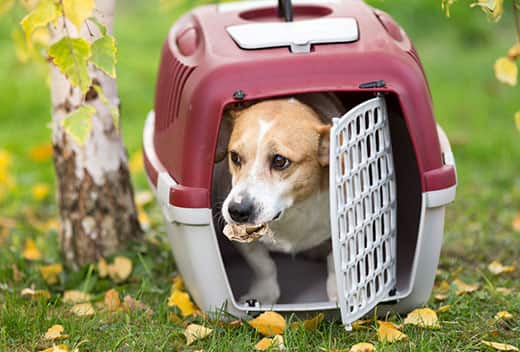
The answer to "What size crate should I get for my dog?" depends largely on how you intend to use the crate: Do you want to take your dog with you on a trip, train them not to do their business inside, or crate train them? Here's advice for choosing a crate for any occasion:
- Potty training: If you want to use a crate to housebreak your dog, it should be large enough that they can stand, sit up and turn around without hitting the sides. But it should also be small enough that if they relieve themselves in the crate, they'll soil their sleeping area, says Labrador Training HQ. Dogs have a natural instinct to not have their bathroom and their bedroom too close together. This is what helps them understand that if they want to do their business, they need to do so when they are let outside.
- Air travel: Airlines that allow pets usually have their own crate requirements, says the International Air Transport Association. You'll want to look for a crate that meets the airline's conditions but still allows your dog enough room to be comfortable.
- Car travel: While it might seem less fun, car travel is safer for your pooch if they're secured with either a harness or crate. In addition to making sure the crate fits the area where your dog will be riding — the backseat is preferable — it should also be small enough that your dog won't get tossed around inside of it in the event of an accident or a sudden stop. At the same time, it should be large enough that they're comfortable.
- Containment: If you're going to crate train your dog while they're home alone, opt for a slightly roomier crate that gives them room to stretch out, stand and sit, and that will also fit a toy or two. While it may seem kinder to get the largest crate you can find, keep in mind that dogs are den animals who find security in tighter spaces, says Labrador Training HQ. A crate that's too roomy is more likely to make your dog anxious than one that's just their size. Assuming your pup is potty trained, they may need extra space to relieve themselves on a pee pad.
What Is the Right Size Crate for My Dog?
Of course, the biggest consideration when choosing a crate is the size of your dog. If possible, it's best to take your dog with you to the store so they can try it out. But if you need to pick out a crate unaccompanied by your pooch, here are general sizing guidelines, courtesy of Labrador Training HQ.
- Dogs under 25 lbs and up to 20 in long (11kg and up to 50cm long): 18 to 22 inch-long (45 to 56cm) crate, or extra small size
- Dogs under 30 lbs and up to 22 in long (13.5 kg and up to 56 cm long): 24 inch-long (61 cm) crate, or small size
- Dogs under 40 lbs and up to 28 in long (18kb and up to 71 cm long): 30 inch-long (76 cm) crate, or medium size
- Dogs under 70 lbs and up to 34 in long (32 kg and up to 86 cm long): 36 inch-long (91 cm) crate, or large size
- Dogs under 90 lbs and up to 40 in long (41 kg and up to 102 cm long): 42 inch-long (107 cm) crate, or extra large size
- Dogs 90 to 150 pounds and 46 to 68 inches long (41-68 kg and 117-172 cm): 48 to 72-inch-long (122-182 cm) crate, or extra extra large size


Tasty Tips
Choosing a Puppy Crate
Choosing a crate for a puppy can be tricky. You may not know exactly when they'll stop growing, or how big they'll grow to be. There are three approaches you can take:
- You can choose a crate based on your puppy's current size and upgrade to a newer, bigger crate as they grow. If you go this route, you'll probably want to buy a less expensive model at first and wait until your pup is fully grown to invest in a higher-end model.
- You can use a cat carrier to transport your small puppy until they outgrow it.
- If you know the size your pup is likely to grow to, you can choose a crate based on that size and use dividers to create a space within the crate that's more suitable to their current size.
What Type of Crate Should I Get?
Once you have a sense of the right size crate for your dog there are a couple additional things you should consider before selecting the right one.
- If you want a crate that is for traveling, you'll want one with more solid sides that can be easily secured to a car, or easy to carry if you intend to take them somewhere like the vet or walking through an airport.
- Carriers with solid walls can also provide a dog with anxiety a little better sense of security because it acts like a den with less light and more privacy. However, a blanket over a wire kennel can provide a similar feeling of security.
- Wire kennels have become more and more popular over the years because they can be very versatile. They can be folded up to be easier to put away or pack into a vehicle. They are also a little easier to clean because you can break down the walls or ceiling to get in.
- Soft crates are also an option. They allow some of the flexibility of wire kennels, but are much lighter in weight. However, their biggest drawbacks are that they can be more easily damaged, they're not as easy to clean, and they don't provide the same security in a vehicle as a plastic crate.
- The last consideration is dealing with escape artists. If you have a dog that is great at getting out of his current kennel, you may want to invest in one that has a more secure lock or sides. The last thing you want to happen is your dog getting hurt trying to escape or your house getting torn up because your dog can now wander the house without supervision.
As you can see, there are a number of factors to consider when choosing a crate, but doing your research ahead of time is a great first step. When in doubt consult your veterinarian; they can provide you with a good recommendation based on your dog's size and temperament.


Jean Marie Bauhaus is a pet parent, pet blogger, and novelist from Tulsa, Oklahoma, where she usually writes under the supervision of a lapful of fur babies.
Related products
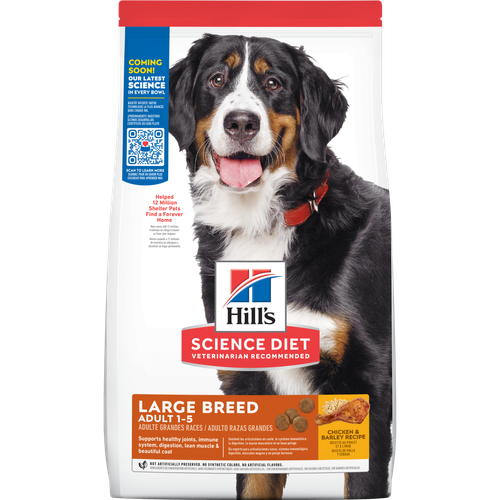
Supports healthy joints, lean muscle, and beautiful coat for large breed dogs

Supports lean muscle and beautiful coat for adult dogs

Vital nutrients to support 5 essential building blocks for lifelong health

Delicious, highly digestible recipe, gentle on stomachs. Nourishes skin & promotes a lustrous coat
Related articles

Proper nutrition for your pregnant or nursing dog is vital to her and her puppy's health. Learn what you should do provide her with the proper nutrients.
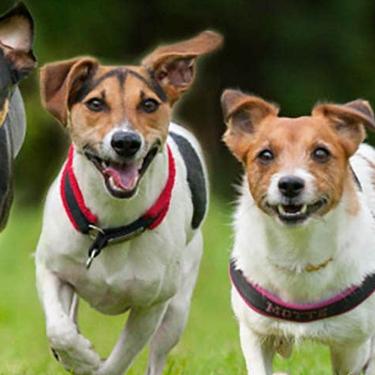
Learn about Hill's puppy food and the nutritional benefit & high quality ingredients that it contains for your pup.
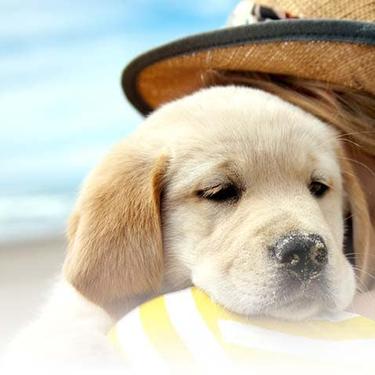
Large and giant breed puppies have different nutritional needs than other dogs. Learn how to provide the special care they need to grow up big and strong.

Understand the role that Omega-6 and Omega-3 fatty acids play in your dog's overall health, and how you can ensure they are getting enough.
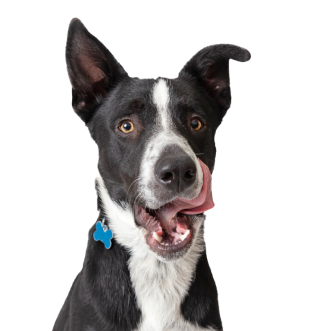
Put your dog on a diet without them knowing
Our low calorie formula helps you control your dog's weight. It's packed with high-quality protein for building lean muscles, and made with purposeful ingredients for a flavorful, nutritious meal. Clinically proven antioxidants, Vitamin C+E, help promote a healthy immune system.
Put your dog on a diet without them knowing
Our low calorie formula helps you control your dog's weight. It's packed with high-quality protein for building lean muscles, and made with purposeful ingredients for a flavorful, nutritious meal. Clinically proven antioxidants, Vitamin C+E, help promote a healthy immune system.

